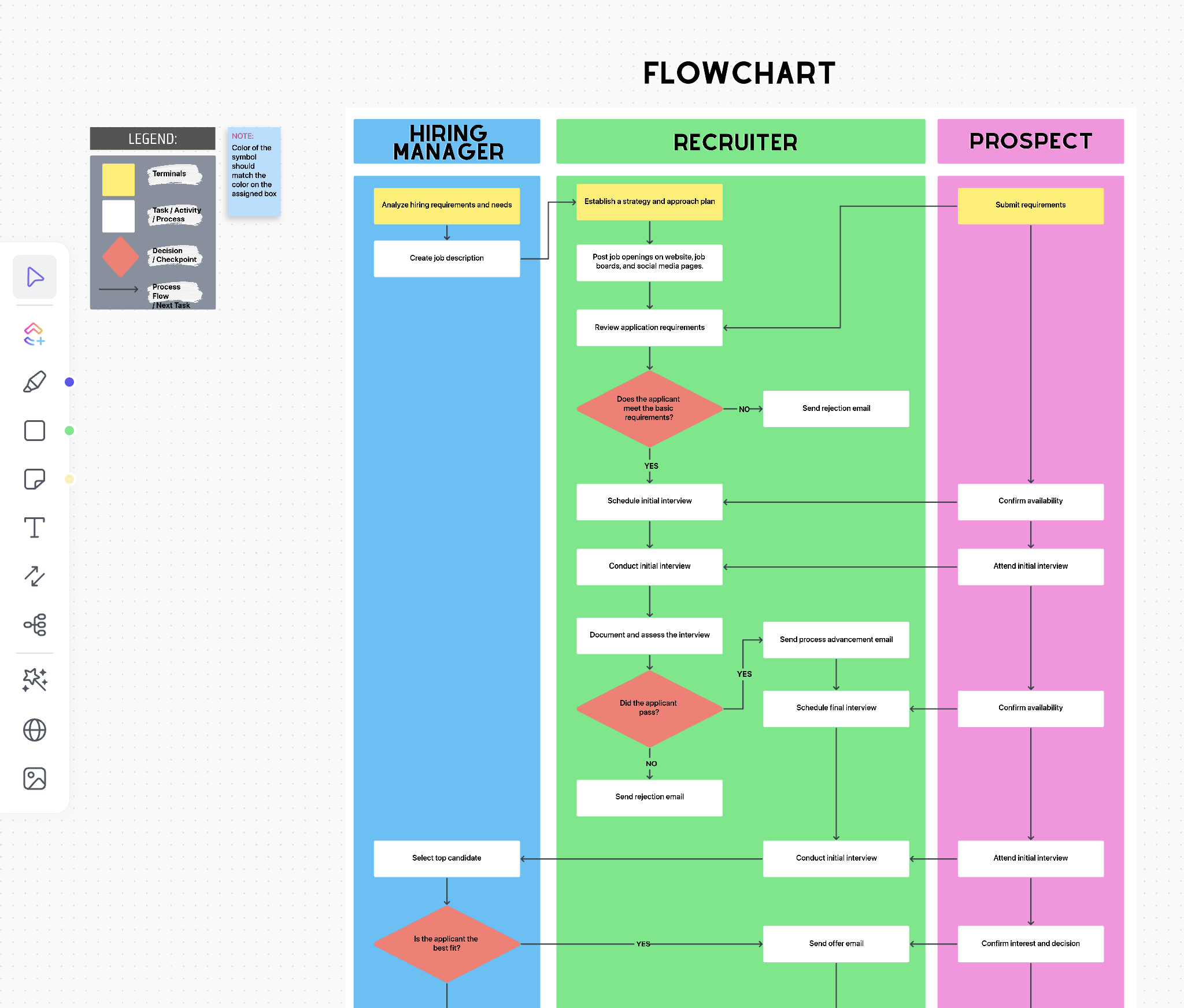Since last summer Intel open-source driver engineers have been working to Lunar Lake’s new adaptive sharpening capabilities under Linux. This is being done via a proposed DRM sharpness property for communicating sharpness preferences while the hardware capabilities within Lunar Lake equate to minimal power and performance costs when in use. The DRM sharpness property support still has yet to be mainlined but the newest iteration of the patches were posted on Monday.
The DRM sharpness property for setting the adaptive sharpening value continues to be worked on for this nice image upscaling feature for Lunar Lake and newer Intel hardware. Intel engineer Nemesa Garg yesterday posted the newest iteration of the patches:
“Many a times images are blurred or upscaled content is also not as crisp as original rendered image. Traditional sharpening techniques often apply a uniform level of enhancement across entire image, which sometimes result in over-sharpening of some areas and potential loss of natural details.
Intel has come up with Display Engine based adaptive sharpening filter with minimal power and performance impact. From LNL onwards, the Display hardware can use one of the pipe scaler for adaptive sharpness filter. This can be used for both gaming and non-gaming use cases like photos, image viewing. It works on a region of pixels depending on the tap size.
This is an attempt to introduce an adaptive sharpness solution which helps in improving the image quality. For this new CRTC property is added. The user can set this property with desired sharpness strength value with 0-255. A value of 1 representing minimum sharpening strength and 255 representing maximum sharpness strength. A strength value of 0 means no sharpening or sharpening feature disabled.
It works on a region of pixels depending on the tap size. The coefficients are used to generate an alpha value which is used to blend the sharpened image to original image.”
And a demonstration image shared last year with this Lunar Lake adaptive sharpening filter with the earlier patches:
This patch series has the latest re-based code. It’s too late for finding this functionality with the upcoming Linux v6.16 cycle, but hopefully it will manage to get buttoned up in H2’2025 and ahead of the next-gen Panther Lake SoCs appearing in early 2026.











